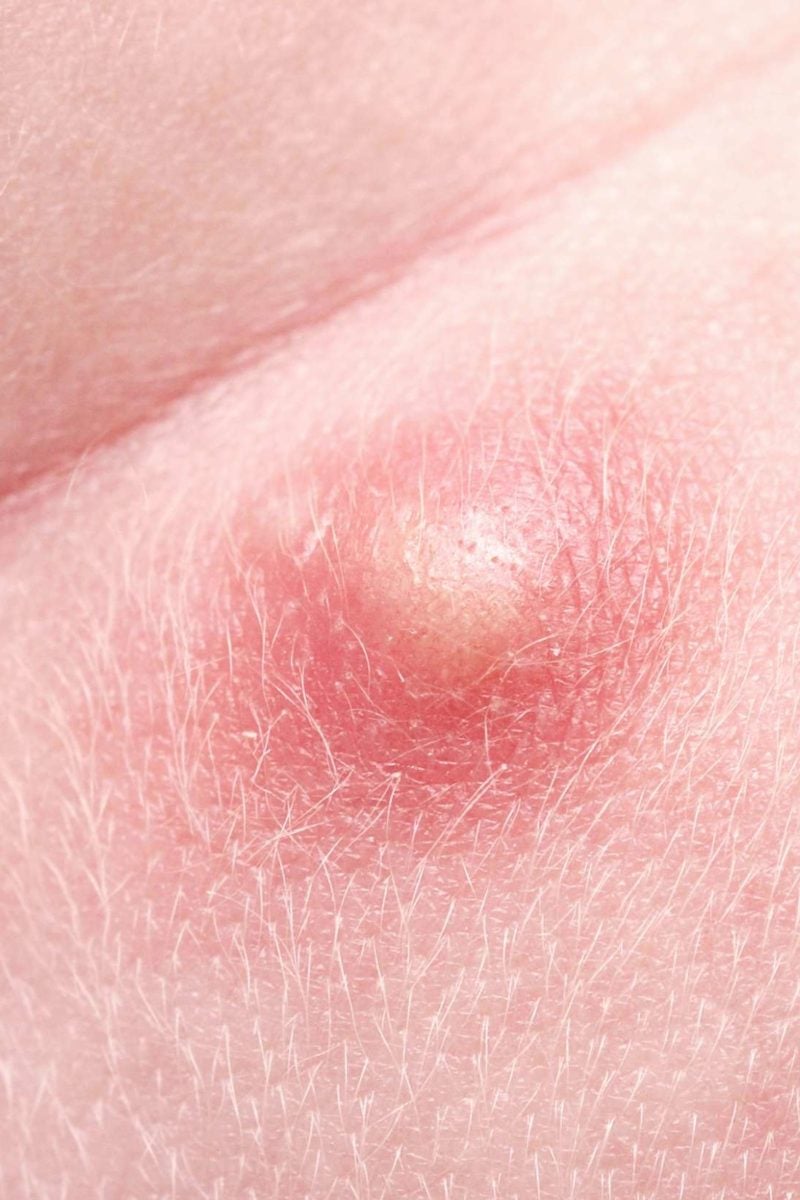

“They really are stuck to the skin,” says Michele S. The only guaranteed way to get rid of milia is to see a dermatologist for an extraction.
#Tiny balls on scalp skin
Like any other skin abnormality, don’t pick at a milium (the singular form of milia). But you may want to get rid of the bumps sooner for cosmetic reasons. Milia don’t need to be treated, and they usually go away within a few weeks to months.
#Tiny balls on scalp how to
RELATED: How to Fix Crow’s Feet, Dark Circles, and More “We’ll see some milia as skin peels off and little bits of epidermis get trapped,” he explains.ĭrugs that might contribute to milia include tyrosine kinase inhibitors, which treat different cancers, and strong corticosteroids. Fenske.Ī similar process happens with some sunburns. “When blisters heal, little remnants get trapped in there,” says Dr. This includes certain rare blistering diseases like porphyria cutanea tarda or epidermolysis bullosa. “Milia can develop in an area following a blistering process or superficial ulcers from either trauma or procedures,” says Dr.

In these cases, the resulting bumps are called “secondary milia” and can appear anywhere on your body. Milia may also be associated with other health conditions, certain medications, and skin trauma, like burns, rashes, dermabrasion, and even tattoos. Some reports suggest that using harsh or heavy skin products can cause milia. No one really knows what causes milia to appear or why some people get more of the bumps than others. RELATED: Everything You Need to Know About Eyelid Bumps In both cases, milia are essentially harmless and usually don’t need treatment. Milia in adults are much the same, although they may last longer. “In newborns, the milia will usually resolve on their own within four weeks without need for treatment and without scarring.” “About half of infants will have milia, usually presenting on the face,” says Nkanyezi Ferguson, MD, clinical assistant professor of dermatology at the University of Iowa Carver College of Medicine. And while they can develop in anyone, the bumps are most common in newborns. Milia can grow up to two millimeters in size, but they’re often smaller. Inside the cyst is keratin, a protein in both skin and hair. Milia develop when bits of dead skin cells “get trapped below the skin and create a really hard, little, white ball,” says Neil Alan Fenske, MD, professor and chair of the department of dermatology at the University of South Florida Morsani College of Medicine in Tampa. Ever notice small white or yellow bumps under or on your eyelids or on your nose or cheeks? Those stubborn bumps are technically called milia, tiny cysts that form under the skin.


 0 kommentar(er)
0 kommentar(er)
